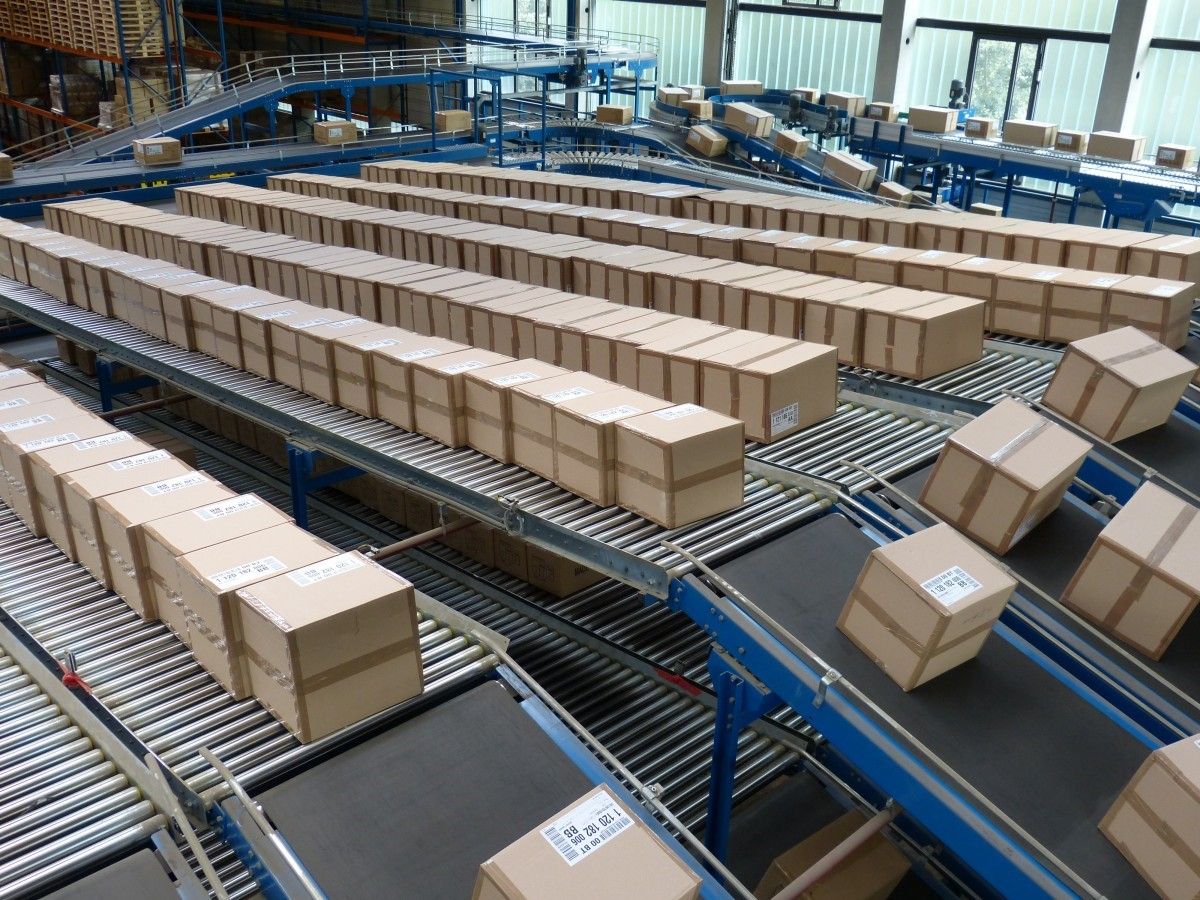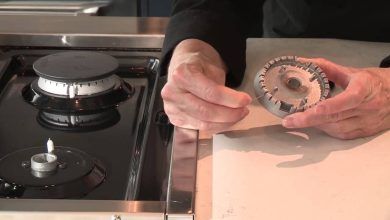
An introduction to the two main conveying systems
Pneumatic conveying systems are used to move dry materials from one location to another, generally through a system of pipes or ducts. There are a number of different systems available, but the two most common are vacuum and pressure.
One pushes material through the system using pressurised air or gas, while the other sucks material through the system using a vacuum. What does each involve and what other factors should you consider?
Vacuum conveying
Materials are fed into the vacuum conveyor through a metered inlet valve, ensuring that they are introduced at the correct rate. As there is no pressure at this point, a vacuum system enables large particles such as pellets to be fed into the system.
The materials are then sucked through the vacuum and into the loader. If you are looking for this type of system for your business, companies such as http://www.aptech.uk.com/pneumatic-conveying-systems/vacuum-conveying/ can help.
If you are installing a conveying system for the first time, it will be important to carry out a full risk assessment. The Health and Safety Executive provides guidance on how to do this.
Pressure conveying
In pressure conveying, the materials are still fed into the system through an inlet valve; however, as they are being fed into a pressurised environment, there needs to be some form of valve. A rotary type is often used. Pressure conveying is useful when materials need to be moved a considerable distance or when large volumes of materials are being moved.
Things to consider when choosing a conveying system
While it is not necessarily important to understand the minutiae of how each type of system works to decide which will be best for your business, it is vital to be clear with any supplier of a conveying system about what it is you are trying to achieve. As equipment can be an expensive investment, it is also useful to consider how things might change in your business in the short to medium term.
Things to be clear about include the characteristics and density of the material to be moved. How far and how fast you require the materials to be moved are also important factors. The size and space available in your premises may also pre-determine the types and size of system that is available to you.








